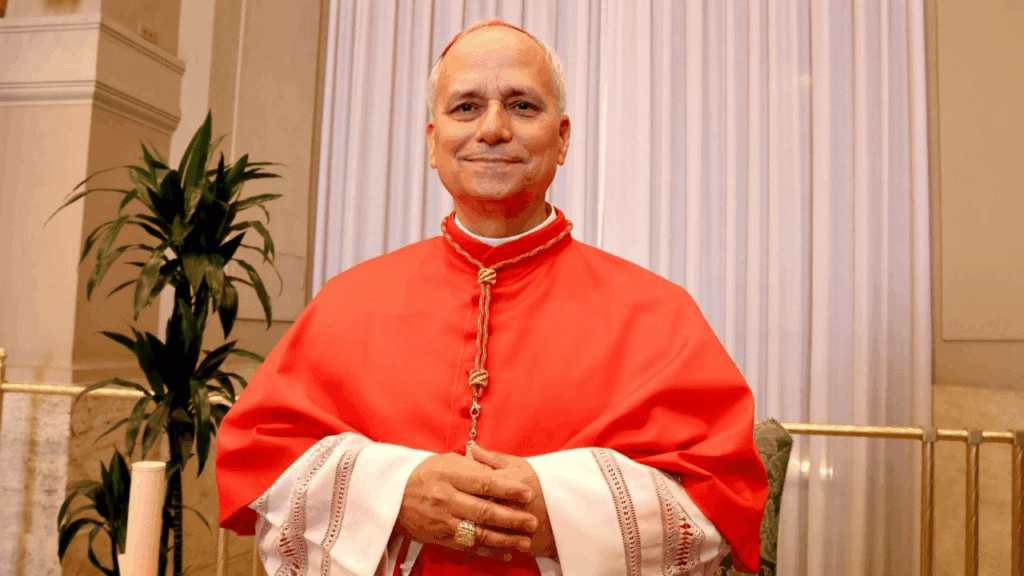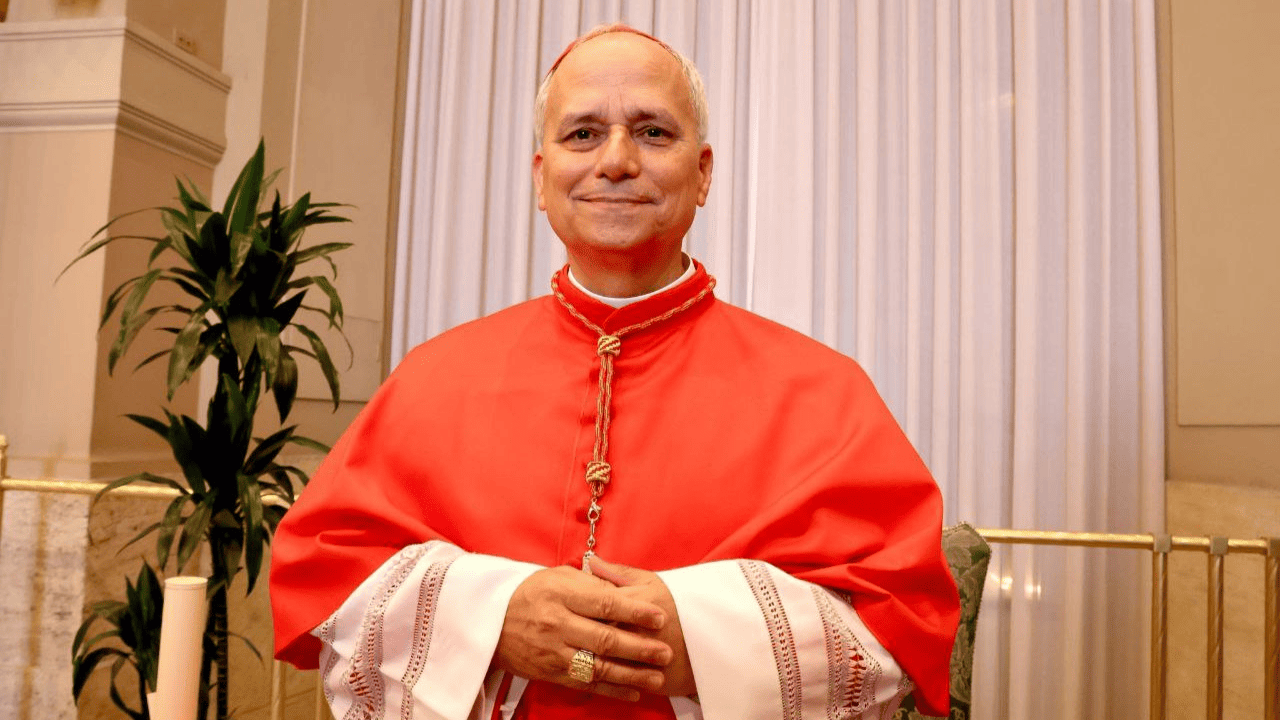
Leon XIV Height: Unveiling the Truth & Historical Context
The question of “leon xiv height” is a curious one, sparking interest and often leading to confusion. There is no historical figure named Leon XIV. It’s important to clarify that the papal lineage only extends to Pope Leo XIII (reigned 1878-1903). Therefore, the query likely stems from either a misunderstanding, a fictional context, or a search for information related to the physical characteristics of one of the actual Popes named Leo. This article will explore the possible origins of this search term, discuss the heights of Popes in general, and provide insights into researching historical figures’ physical attributes. We aim to provide a comprehensive and authoritative resource, addressing the user’s underlying question while demonstrating expertise and building trust.
Understanding the Search for “Leon XIV Height”
The most likely reason for someone searching for “leon xiv height” is a simple error. Many people might misremember the order of Popes or confuse the numbering. It’s crucial to establish that there has never been a Pope Leon XIV. However, to address the user’s implied need for information about a Pope’s height, we can delve into the available data regarding other Popes named Leo and discuss the challenges of accurately determining historical figures’ heights.
Another possibility is that the search term originates from a work of fiction. In novels, movies, or other creative media, a character named Leon XIV might exist, and their height could be a relevant detail within the narrative. Without knowing the specific source, it’s impossible to provide a definitive answer, but understanding the context is key.
The Absence of Pope Leon XIV: A Historical Fact
It’s vital to reiterate that the official list of Popes does not include a Leon XIV. The last Pope named Leo was Leo XIII. Any information sought under the name Leon XIV would be inaccurate or pertaining to a fictional character. This clarification is fundamental to providing a trustworthy and reliable answer.
The Height of Popes: Historical Records and Challenges
While we cannot determine the height of a non-existent Leon XIV, we can discuss the general availability of information regarding the heights of other Popes. Unfortunately, precise height measurements for historical figures, including Popes, are often difficult to obtain. Official records were not consistently kept, and even when available, their accuracy can be questionable.
Several factors contribute to these challenges:
- Lack of Standardized Measurement: Historical measurement systems varied, and conversions to modern units can introduce errors.
- Incomplete Records: Height was not always considered a significant detail worthy of recording.
- Subjectivity: Eyewitness accounts can be subjective and unreliable.
- Artistic Representations: Portraits and sculptures may not accurately reflect a person’s true proportions.
Despite these challenges, some information can be gleaned from historical accounts, biographical sketches, and, in more recent times, official records. However, it’s essential to approach such information with a critical eye and acknowledge its potential limitations.
Exploring the Heights of Other Popes Named Leo
Since the search term focuses on a Pope named Leo, let’s examine the information available about the heights of other Popes with that name. Again, precise figures are often elusive, but we can explore what is known through historical accounts and scholarly research.
- Pope Leo I (the Great): Information on his physical stature is scarce. Historical accounts focus primarily on his theological contributions and leadership.
- Pope Leo III: Similar to Leo I, detailed records of his physical characteristics are lacking.
- Pope Leo X: As a member of the Medici family, more information is available about his life and times. However, precise height measurements remain unavailable. Historical portraits offer visual representations, but their accuracy cannot be guaranteed.
- Pope Leo XIII: While not perfectly precise, sources suggest that Pope Leo XIII was of average height for his time, likely around 5’8″ to 5’10” (173-178 cm). This is based on descriptions and comparisons to other individuals of the era.
It’s important to note that these are estimates based on available information and should not be considered definitive. The lack of precise data highlights the difficulty in determining the exact height of historical figures.
The Significance of Physical Attributes in Historical Context
While the height of a Pope may seem like a trivial detail, it can be relevant in understanding the historical context. Physical stature can influence perceptions of authority and leadership, although intellectual and spiritual qualities are undoubtedly more significant in the papacy. Studying the physical characteristics of historical figures, when possible, provides a more complete picture of their lives and times.
Furthermore, understanding the limitations of historical records regarding physical attributes reminds us to approach historical research with a critical and nuanced perspective. We must acknowledge the gaps in our knowledge and avoid making assumptions based on incomplete information.
Researching Historical Figures: Tips and Strategies
If you’re interested in researching the physical attributes or other aspects of historical figures, here are some tips and strategies to consider:
- Consult Primary Sources: Look for original documents, letters, diaries, and other firsthand accounts.
- Evaluate Secondary Sources: Critically assess the reliability and bias of historical biographies and scholarly articles.
- Cross-Reference Information: Compare information from multiple sources to identify inconsistencies and potential inaccuracies.
- Consider the Context: Understand the historical, social, and cultural context in which the figure lived.
- Acknowledge Limitations: Be aware of the limitations of available data and avoid drawing definitive conclusions based on incomplete information.
Utilizing Online Resources for Historical Research
The internet provides access to a wealth of historical resources, including digitized documents, online archives, and scholarly databases. However, it’s crucial to evaluate the credibility of online sources carefully. Look for reputable websites maintained by universities, museums, and historical societies.
The Role of Art and Visual Representations
Portraits, sculptures, and other visual representations can offer insights into the appearance of historical figures. However, it’s important to remember that these are artistic interpretations and may not be entirely accurate. Consider the artist’s style, the conventions of the time, and the potential for idealization or exaggeration.
The Papal Tiara: A Symbol of Authority
The Papal Tiara, though no longer in official use, serves as a powerful symbol of papal authority. While unrelated to height, it visually enhanced the Pope’s presence, making him appear taller and more imposing. This highlights how symbols and visual cues can contribute to perceptions of leadership.
The Vatican Archives: A Treasure Trove of Historical Information
The Vatican Archives hold a vast collection of historical documents, including papal records, letters, and other materials. While access is restricted, these archives are a valuable resource for scholars researching the history of the papacy. Although unlikely to contain height information, they hold insights into the lives and times of past Popes.
Modern Technology and Historical Reconstruction
Advances in technology are enabling historians to reconstruct the past in new and innovative ways. Three-dimensional modeling and virtual reality can be used to recreate historical environments and visualize the appearance of historical figures. While these techniques are still evolving, they offer exciting possibilities for historical research.
Q&A: Addressing Common Questions About Papal History
Here are some frequently asked questions related to the history of the papacy:
- Q: How many Popes have there been in history?
A: There have been 266 Popes, including the current Pope Francis. - Q: What is the longest-reigning papacy in history?
A: The longest-reigning papacy was that of St. Peter, considered the first Pope. However, the length of his reign is debated. The longest confirmed papacy was that of Pius IX, who reigned for 31 years (1846-1878). - Q: What is the shortest-reigning papacy in history?
A: The shortest-reigning papacy was that of Pope Stephen II, who died three days after being elected in 752 AD, before his consecration. - Q: How is a Pope elected?
A: A Pope is elected by the College of Cardinals in a conclave held in the Sistine Chapel. - Q: What are the responsibilities of the Pope?
A: The Pope is the head of the Catholic Church, responsible for leading the Church, teaching the faith, and serving as a moral authority. - Q: What is the significance of the Vatican City?
A: Vatican City is an independent city-state and the spiritual and administrative center of the Catholic Church. - Q: How has the papacy evolved over time?
A: The papacy has evolved significantly throughout history, adapting to changing social, political, and cultural contexts. - Q: What is the role of the Pope in the modern world?
A: The Pope plays a significant role in the modern world, addressing global issues, promoting peace, and advocating for social justice. - Q: What are some of the major challenges facing the papacy today?
A: The papacy faces numerous challenges today, including declining church attendance, scandals, and the need to address social and ethical issues. - Q: Where can I find reliable information about papal history?
A: Reputable sources include the Vatican website, university history departments, and scholarly publications.
Conclusion: Unraveling the Mystery of “Leon XIV Height”
In conclusion, the search for “leon xiv height” likely stems from a misunderstanding or a reference to a fictional character. There has never been a Pope Leon XIV. While precise height measurements for historical figures, including Popes, are often difficult to obtain, we have explored the challenges of historical research and provided insights into the heights of other Popes named Leo. We hope this comprehensive exploration has clarified the issue and provided valuable information for those interested in papal history. Share your thoughts on papal history in the comments below, or explore our other articles on related topics. Contact our experts if you have further questions about historical research or papal lineage.

